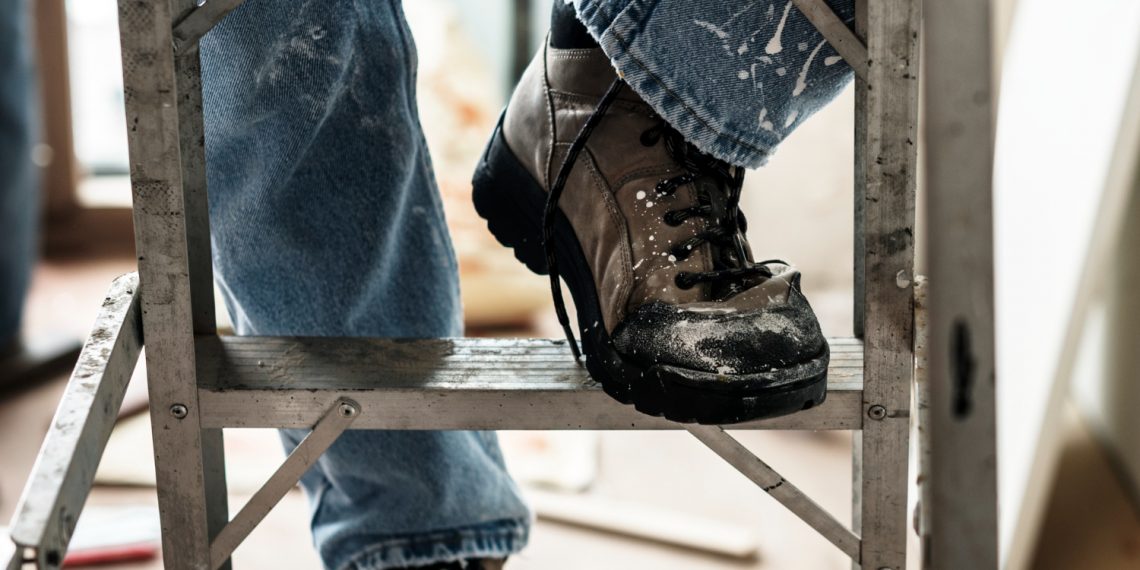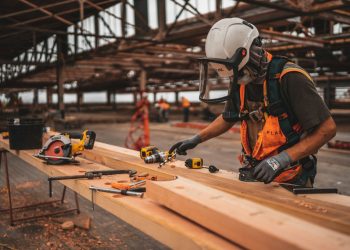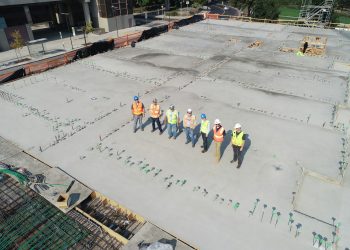Ladders are indispensable tools in various industries, from construction to maintenance, enabling workers to perform tasks at elevated heights. However, the convenience ladders offer also comes with significant risks. Ensuring that ladders are safe to use is a critical aspect of workplace safety, and regular inspections are a key component in mitigating these risks. As a provider of health and safety training, HSQE Consultancy emphasizes the vital role of ladder inspections in preventing accidents and maintaining a safe work environment.
Why Ladder Inspections Matter
The primary purpose of ladder inspections is to identify and rectify potential hazards before they result in accidents. Ladders, like any other equipment, are subject to wear and tear, which can compromise their integrity and safety. Regular inspections help to ensure that ladders remain in good working condition and are safe to use. This proactive approach not only protects workers but also helps employers meet regulatory requirements and avoid costly penalties.
Common Issues Identified During Inspections
Several issues can be identified during ladder inspections, many of which, if left unaddressed, could lead to serious accidents:
- Structural Damage: Cracks, bends, or splits in the ladder’s structure can significantly weaken its strength. These defects are often the result of overloading, improper use, or simply age-related wear.
- Loose or Missing Components: Ladders consist of various parts, such as rungs, locking mechanisms, and feet. Any loose or missing components can compromise the ladder’s stability and safety.
- Corrosion and Rust: Ladders exposed to the elements can develop corrosion or rust, particularly metal ladders. This deterioration can weaken the ladder and increase the risk of failure.
- Contamination: Ladders used in certain environments might accumulate grease, oil, or other substances that make the rungs slippery, posing a fall risk.
The Ladder Inspection Process
A thorough ladder inspection process involves several steps to ensure comprehensive evaluation and maintenance:
- Visual Inspection: This is the first step, where the inspector visually examines the entire ladder for any obvious signs of damage, wear, or contamination. This includes checking for cracks, bends, and missing components.
- Functional Check: Inspectors should verify the functionality of all moving parts, such as locks, spreaders, and hinges. Ensuring these components work correctly is crucial for the ladder’s stability during use.
- Load Testing: While not always performed during routine inspections, load testing can help assess the ladder’s ability to support its rated weight capacity. This is particularly important for ladders that are heavily used or subjected to significant loads.
- Documentation: Keeping detailed records of inspections is essential. This documentation helps track the ladder’s condition over time and ensures compliance with safety regulations.
Frequency of Inspections
The frequency of ladder inspections depends on several factors, including the type of ladder, its usage, and the working environment. Generally, it is recommended that ladders be inspected before each use and subjected to more detailed inspections at regular intervals, such as monthly or quarterly. High-use or high-risk environments may require more frequent checks.
Training and Awareness
Educating workers about ladder safety and proper inspection techniques is a fundamental aspect of maintaining a safe workplace. HSQE Consultancy offers comprehensive health and safety courses that cover ladder inspection procedures, usage guidelines, and risk management strategies. By equipping employees with the knowledge and skills to conduct thorough inspections, organizations can significantly reduce the likelihood of ladder-related accidents.
Conclusion
Regular ladder inspections are a crucial component of workplace safety, helping to identify and address potential hazards before they lead to accidents. By implementing a systematic inspection process and providing proper training, employers can ensure that ladders remain safe to use and compliant with safety regulations.
HSQE Consultancy underscores the importance of these practices in their training programs, highlighting the need for vigilance and proactive maintenance in preventing workplace accidents. Embracing a culture of safety and diligence in ladder inspections not only protects workers but also promotes overall operational efficiency and compliance.












